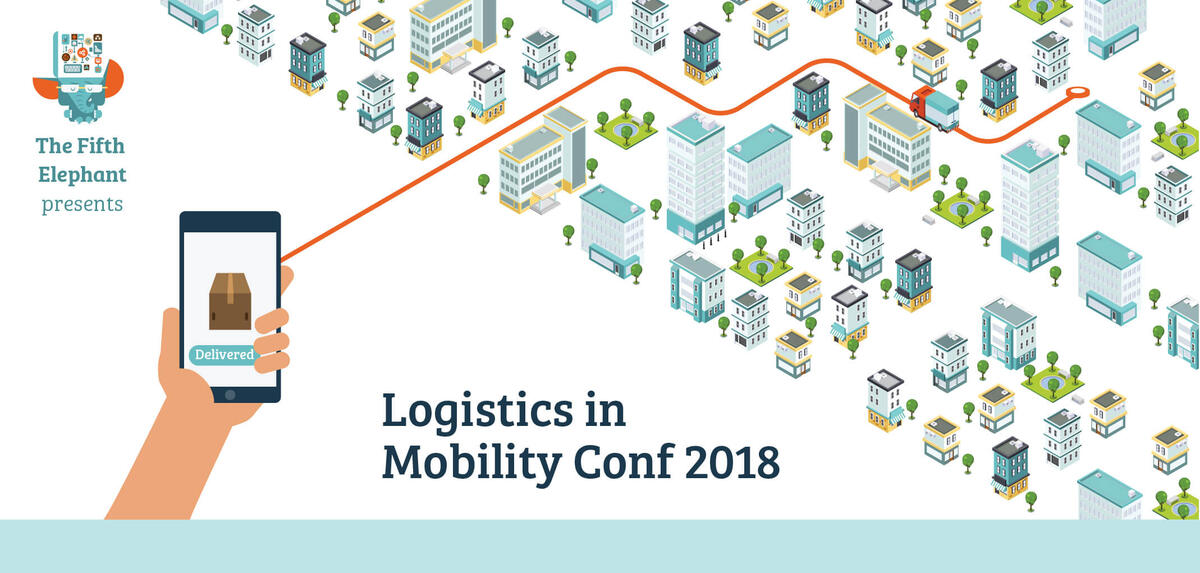
Nov 2018
19 Mon
20 Tue
21 Wed
22 Thu
23 Fri
24 Sat 09:00 AM – 06:35 PM IST
25 Sun

Nov 2018
19 Mon
20 Tue
21 Wed
22 Thu
23 Fri
24 Sat 09:00 AM – 06:35 PM IST
25 Sun
Rahul Jain
@rahul_jain
Submitted Sep 20, 2018
Sales fleet permanent journey planning is a standard practice for industries that utilise a push sales model. The decision making process involves assignment of a set of outlets/stores to salesman to visit on a particular day. The job of the salesman is to cover all outlets in the designated time, and maximise sales. Although, sales fleet management has seen a number of automation solutions, almost no solutions are available for optimal assignment of salesman to outlet to day such that total costs are minimised and revenues are maximised.
The talk is on use of mathematical programming, heuristic optimisation and their integration with machine learning models to create optimal journey plans for some leading FMCG companies in India and South-east Asia. It also talks about numerous real world challenges around deploying the plans on ground, and the need for a deep understanding of the ‘human element’, while designing optimisation solutions for the real world. The talk will also briefly explain the future trend of the push sales model in FMCG, and its possible transformation into a multi-channel model.
The talk is structured in four major parts. The first part will talk about - what goes in organising salesfleet movement?. It will also give some qualitative insight into problems of the stakeholders. The second section will talk about quantitative insight of the problem. In the third section, we formally describe the problem, talk about the solution approach and show real world examples of implementations. In the final section, we talk about future trends.
What is a sales beat?
Why a sales beat?
Stakeholder point of views - Salesman, Shopkeeper and Sales Managers
Bird eye view into the problem
Real world visualisations of the problem
Formal problem statement
Complexity and scale of problem
Solution approach
Real world visualisations of the solution
Changes and implementation challenges
Way forward
Summary and conclusion
Rahul is a graduate from UC Berkeley and has experience across diverse fields ranging from Mechanical Engineering, Operations Research to User Centered Design and Product Development. He has expertise in mathematical modelling techniques like mixed integer programming, heuristics, metaheuristics and stochastic programming. In the past two years, he has focussed on developing novel optimisation algorithms for routing, network optimisation and inventory problems at Locus.sh. He also has expertise in building machine learning models and integrating them with classical optimisation techniques.
Shashank works in the logistics, solving problems in transportation, inventory and strategic design by leveraging data. In his 2 years at Locus and Caterpillar he has built Prescriptive Analytics tools across industries applying combinatorial optimization techniques. He graduated from IIT Bombay and enjoys cycling.
https://docs.google.com/presentation/d/1oap3ry6SlxtsctsY_2u0RxjvgR7K-M_-1srT-dKEW9E/edit?usp=sharing
Nov 2018
19 Mon
20 Tue
21 Wed
22 Thu
23 Fri
24 Sat 09:00 AM – 06:35 PM IST
25 Sun
Hosted by
{{ gettext('Login to leave a comment') }}
{{ gettext('Post a comment…') }}{{ errorMsg }}
{{ gettext('No comments posted yet') }}